What is oolong tea? What kind of tea does Tieguanyin belong to? What are the varieties and producing areas of oolong tea?
What is oolong tea?
Oolong tea is considered to be one of the most precious teas because of its complex processing technology. Complex tastes evolve with each mouthful. Oolong tea is produced in Fujian Province in southern China. Most of the oolong tea comes from Wuyi Mountain in southern China and the hillsides of Taiwan.
Oolong tea is partially oxidized, with an oxidation degree of between 12% and 80%. The tea produced by different oxidation is sometimes called green oolong tea or black oolong tea. The broad spectrum from light and floral to dark and mineral tastes offers many variations.
Slightly oxidized oolong tea is molded into dark green balls, while severely oxidized oolong tea is twisted into long, dark filamentous leaves. But they are not green tea or black tea.
There are many kinds of oolong tea. The taste of tea often depends on the skill of the tea maker.
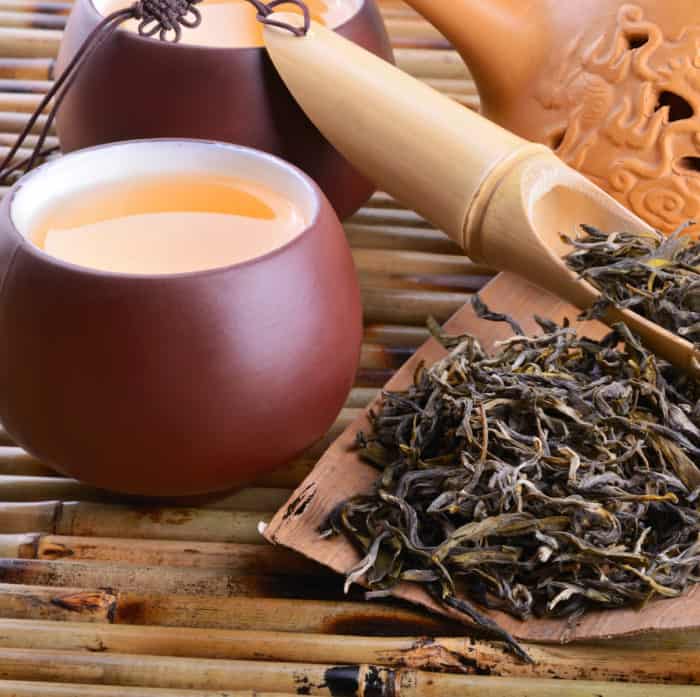
Types of oolong tea
Legend has it that monkeys are trained to pick tea on the mountain, because the rugged environment makes it difficult to navigate and pick tea. Today's "monkey pick" oolong tea refers to high-quality tea.
Oolong tea production is labor-intensive. An experienced tea craftsman is like a winemaker in a boutique. Most oolong teas have simple trade names, such as Tieguanyin, Narcissus, Dongding or Dancong.
Experts classify oolong tea according to producing area, variety and harvest season. Just like wine, there are hundreds of oolong teas.
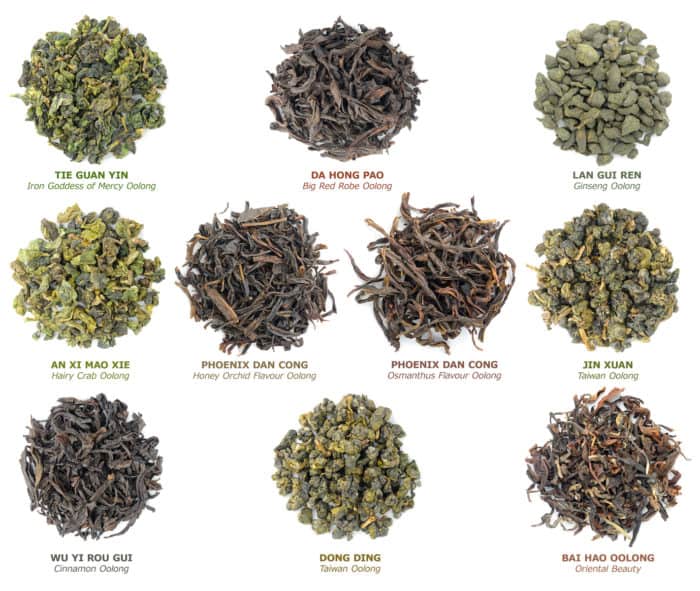
Oolong tea is produced in many tea growing areas. However, there are four main mountain areas where traditional oolong tea is produced:
Taiwan
Taiwan is best known for its alpine green rolling ball oolong tea, which is traditionally named after the mountain area.
Famous Taiwanese oolong teas include:
Green queen or oriental beauty with aromas of apricot, nectarine and brown sugar. The sweetness comes from aphids that attack tea trees in summer. The plant secretes an enzyme to repel insects, producing a sweet taste like nectarine.
Jinxuan or milk oolong tea or golden lily has the taste of milk cream and butter, sweet flower fragrance.
Dongding tea is a kind of deep-baked oolong tea with a nutty taste. This is a very high camellia with more floral aroma and sweetness in shallow baking.
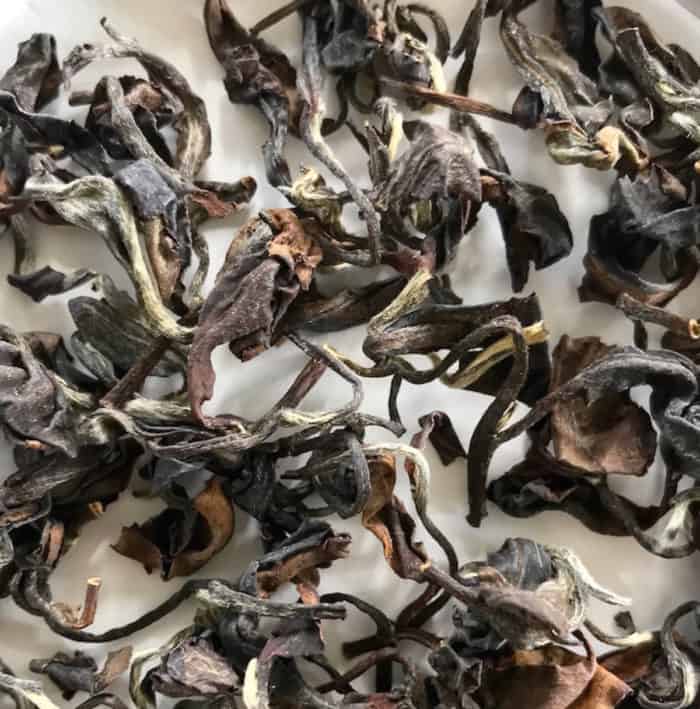
Wuyi
The Wuyi Mountain area in Fujian Province is famous for its twisted roasted oolong tea, which is famous for its "rocky taste". The taste of rocks comes from the thin layer of rock soil in which they grow, so they are called "rock tea" or Yan tea.
Wuyishan oolong tea is a kind of roasted twisted leaves that tastes almost like a kind of black tea with malt flavor.
Two famous oolong stones:
Dahongpao or Wuyi rock tea is a famous rock tea with strong mineral and roasted nut flavor.
Daffodils or water Sprite or Fujian rain, mostly with peach, honey and mineral flavor.
Anxi
The tea grown in Anxi County is very similar to Taiwan's oolong tea. The famous is the green ball roll variety. The most popular oolong tea in Anxi, perhaps the most famous oolong tea, is Tieguanyin.
Tieguanyin is a medium-baked oxidized tea, most famous for its orchid flavor. Guanyin is the Buddha of compassion.
The spelling includes Tieguanyin, Guanyin, Guanyin or Guanyin. Guanyin is a Buddhist associated with compassion. Chinese Jesuit missionaries named her "Guanyin" or "Guanyin". You will also see Tieguanyin, known as the Iron Goddess.
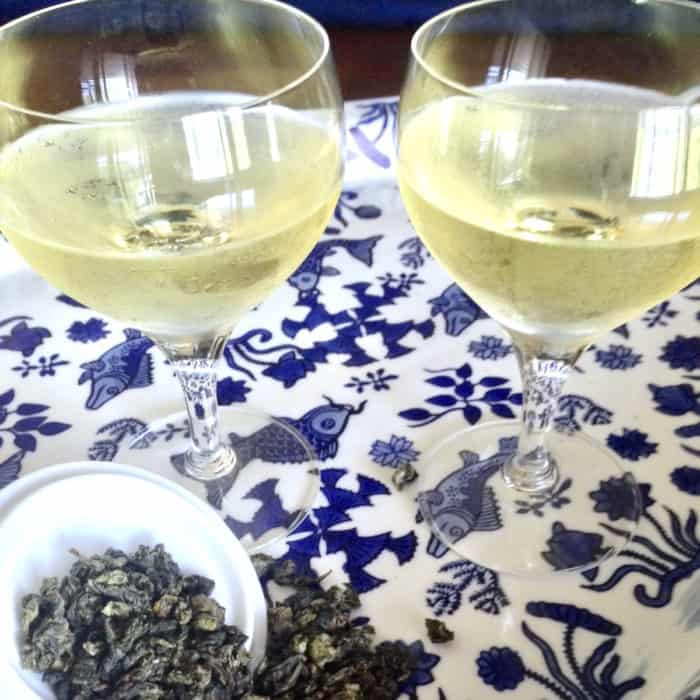
The most exciting tea I have ever had is Tieguanyin. I can't accept the smell! I never realized that a tasteless tea could have so many flavors, based on variety and processing. For me, this is a real revelation in the world of specialty tea.
The taste of body Guanyin is different from that of other teas I have drunk. The fragrance is incredible, with subtle orchid scents throughout. Although it smells like flowers, it doesn't taste good at all. No wonder oolong tea is a favorite of tea drinkers.
Dan from
But Cong Oolong comes from Fenghuang Mountain in China. They are sometimes called "Phoenix Oolong Tea". But Cong translates as "a clump", but this does not mean that there is only one clump of tea in production.
It's more like an origin story that applies to all different varieties. They are twisted, light to medium roasted oolong tea.
The two popular types of Phoenix oolong are:
Honey orchid or honey orchid has a unique honey aroma and orchid fragrance.
Duck shit is a honey-flavored tea that smells like gardenia.
Like many Chinese teas, there is a story behind the name of tea. Duck food smells and tastes like duck dung. It is said that in order to keep the secret of planting, the tea farmer told all the secrets that asked him about his success in planting tea trees was duck shit.
Benefits of Oolong Tea
Because oolong tea is semi-oxidized tea, it is rich in catechins and polyphenols. These natural antioxidants can help boost metabolism and burn fat.
In the oxidation process (oxygen absorption) that began during the wilting process, the concentration of theaflavins in oolong tea increased and the concentration of tea red decreased.
Theaflavins are antioxidants produced during oxidation. Some studies have shown that theaflavins have antioxidant, antiviral and anticancer effects.
Does oolong tea contain caffeine?
All teas from tea trees, including oolong tea, contain caffeine. The caffeine content of each cup of coffee depends on the brewing process, and every 8 ounces of coffee can contain 60 to 100 milligrams of caffeine. Source
The most important factor in extracting caffeine from tea is the water temperature-the higher the water temperature, the higher the concentration of caffeine in the tea.
Other factors that determine the content of caffeine in tea are the soaking grade of each piece of tea and the ratio of tea to water. The first cup of coffee contains the most caffeine, while the subsequent coffee contains less caffeine.
Important Notice :
前街咖啡 FrontStreet Coffee has moved to new addredd:
FrontStreet Coffee Address: 315,Donghua East Road,GuangZhou
Tel:020 38364473
- Prev
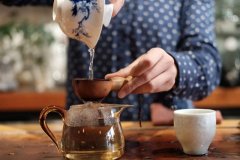
How to correctly brew six kinds of tea with boiling water methods and essentials are there flocs that can be drunk normally
Only if your water is good, the tea will be good. Maybe you are a consumer who wants to enjoy the subtle taste of Japanese matcha or Yunnan Pu'er tea. Or you are a coffee shop owner who wants to increase profits (tea is usually the most profitable of all menu items). No matter who you are, if you want your tea to have the best taste, aroma and clarity, you need to pay attention to the purity, hardness and temperature of the water.
- Next
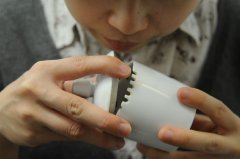
What is the flavor and taste of good black tea? only then do we know that it is a professional word to describe the flavor of black tea.
How to evaluate the quality of tea the sensory evaluation of dry and wet leaves can be collectively referred to as cup testing, that is, the evaluation of tea, that is, the process of comparing tea and determining its characteristics, quality and grade. The aroma, color, taste, appearance and texture of wet leaves were reviewed. 1. The form of aroma evaluation is the aroma released after soaking. The sense of smell needs three.
Related
- Beginners will see the "Coffee pull flower" guide!
- What is the difference between ice blog purified milk and ordinary milk coffee?
- Why is the Philippines the largest producer of crops in Liberia?
- For coffee extraction, should the fine powder be retained?
- How does extracted espresso fill pressed powder? How much strength does it take to press the powder?
- How to make jasmine cold extract coffee? Is the jasmine + latte good?
- Will this little toy really make the coffee taste better? How does Lily Drip affect coffee extraction?
- Will the action of slapping the filter cup also affect coffee extraction?
- What's the difference between powder-to-water ratio and powder-to-liquid ratio?
- What is the Ethiopian local species? What does it have to do with Heirloom native species?

